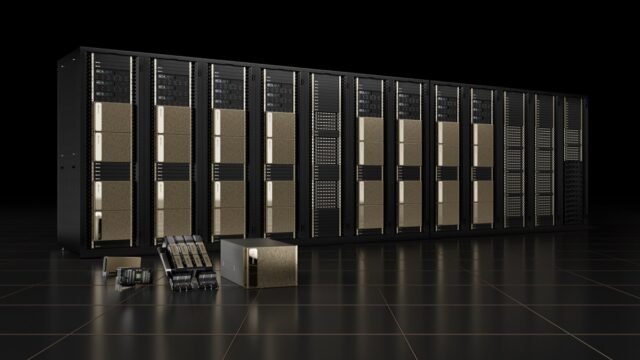
In a significant development within the tech industry, Qualcomm, Intel, and Google have joined forces in an ambitious effort to challenge NVIDIA’s dominance in the realm of GPU computing and programming languages. At the heart of this initiative is the adoption and promotion of oneAPI, a unified, open-standard programming model designed to make it easier for developers to write applications that can run across a variety of hardware platforms.
Key Highlights:
- oneAPI Initiative: Intel leads the charge with its oneAPI Toolkit, aiming to replace the proprietary CUDA platform used predominantly for NVIDIA GPUs. oneAPI presents a cross-architecture language called DPC++ (Data Parallel C++), which is based on the SYCL standard for writing parallel code to run on different types of processors.
- SYCL and Open Standards: Unlike NVIDIA’s CUDA, which is proprietary and limited to NVIDIA GPUs, oneAPI and SYCL aim to be open and hardware-agnostic, facilitating development across multiple platforms including Intel, AMD, and NVIDIA GPUs.
- Performance and Portability: Intel’s oneAPI toolkit includes optimizations for its Xeon processors and Arc GPUs, highlighting the company’s commitment to both performance enhancements and software tool development. This effort is indicative of Intel’s broader strategy to ensure that software can unlock the full potential of its silicon offerings.
- Codeplay’s Contribution: Codeplay Software has announced support for NVIDIA and AMD GPUs through oneAPI, marking a significant step towards a multi-vendor, multi-architecture programming ecosystem. This development is particularly noteworthy as it offers a migration path from CUDA to SYCL, facilitating easier development across different hardware platforms.
- Qualcomm’s AI Stack: Qualcomm announced its AI Stack, aiming to unify SDKs for developers working across its silicon solutions, showing an industry-wide move towards more open and flexible programming models. While not directly part of the oneAPI initiative, Qualcomm’s efforts parallel the shift towards standardization and cross-platform compatibility.
- Implications and Industry Perspective
The collaborative push towards oneAPI represents a pivotal moment in the computing industry, highlighting a collective desire to move away from proprietary standards towards more inclusive, open programming models. This shift promises several benefits for developers, including increased portability, accessibility, and the potential for innovation across a broader range of hardware platforms.
Intel, with support from companies like Google and Codeplay, is positioning oneAPI as a direct competitor to CUDA, with the goal of democratizing high-performance computing (HPC), artificial intelligence (AI), and graphics development. By offering a unified programming model, oneAPI aims to simplify the development process, making it easier for applications to scale across different types of computing architectures without being tied to a single vendor’s ecosystem.
This initiative is not without its challenges, however. NVIDIA’s CUDA has been the de facto standard for GPU-accelerated computing for years, boasting a robust ecosystem of tools, libraries, and a large developer community. Convincing this community to adopt a new standard will require demonstrating clear advantages in terms of performance, ease of use, and support.
The collaboration between Qualcomm, Intel, and Google around oneAPI signifies a significant effort to shift the landscape of GPU computing towards a more open, collaborative future. By championing standards that support multi-vendor and multi-architecture development, these companies are laying the groundwork for the next generation of computing technologies. As this initiative progresses, it will be interesting to see how NVIDIA responds and how the broader developer community adopts these open standards.








